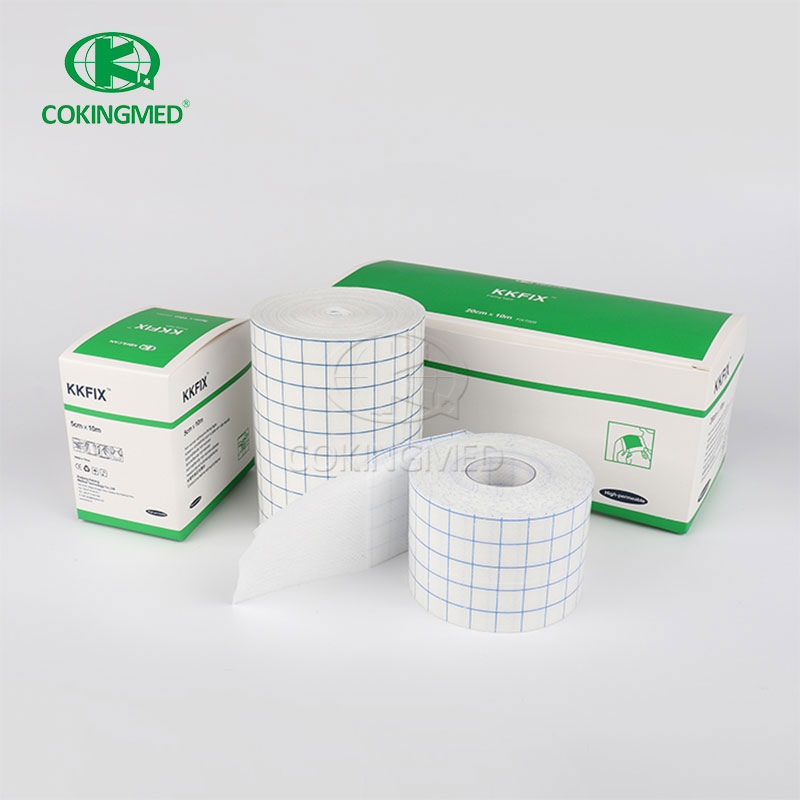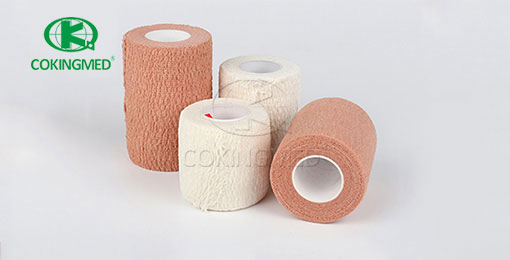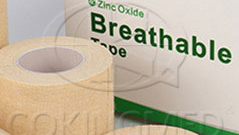How to pick a good elastic bandage
Choosing the right elastic bandage is crucial for effective injury management and support. Whether you're recovering from a sports injury, managing a sprain, or simply stocking your first aid kit, the quality and suitability of the bandage can significantly impact recovery and comfort. With various options available in terms of material, stretchability, and closure mechanisms, making an informed choice ensures you get the best support tailored to your needs.

1.Quality Materials
Look for bandages made of breathable, lightweight, and stretchy materials, such as cotton, polyester, or blends. This ensures comfort and allows for proper ventilation during wear.
2.Stretchability
Choose a bandage that is stretchable enough to provide compression and support without being too tight. This helps reduce swelling and improves blood circulation.
3.Durability
Check the durability and elasticity of the bandage material. It should withstand repeated use and washing without losing elasticity or shape.
4.Purpose and Use
Consider the specific purpose of the bandage. For example, if it is used for sports activities, you may want a more flexible and sweat-resistant bandage than a bandage used for general medical support.
5.Brands and Reviews
Choose a brand that is known for quality medical supplies. Read reviews from other users to evaluate the effectiveness, comfort, and durability of the bandage. For example, COKINGMED is a manufacturer that specializes in Elastic Adhesive Bandage.
conclusion
choosing the right elastic bandage involves evaluating several key factors to ensure optimal support, comfort, and effectiveness. From considering the width and length suitable for the injured area to assessing the material's breathability and stretchability, each aspect plays a crucial role in determining the bandage's suitability. Whether for sports injuries, sprains, or everyday first aid, a well-chosen bandage facilitates proper healing and enhances overall comfort.







